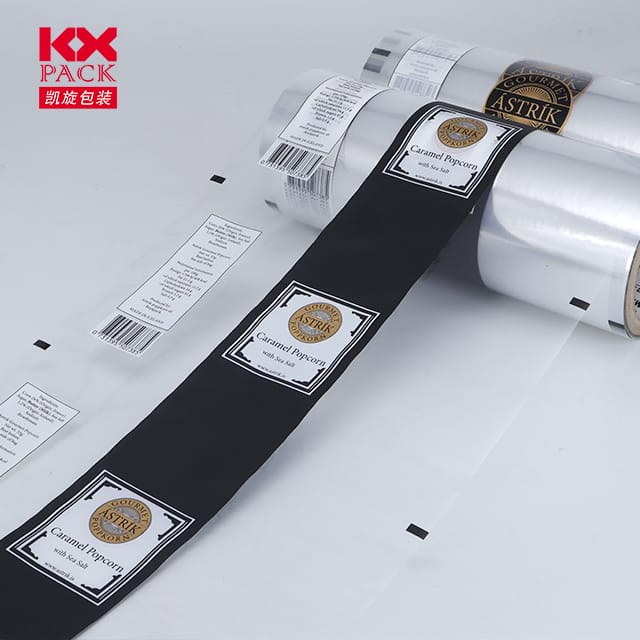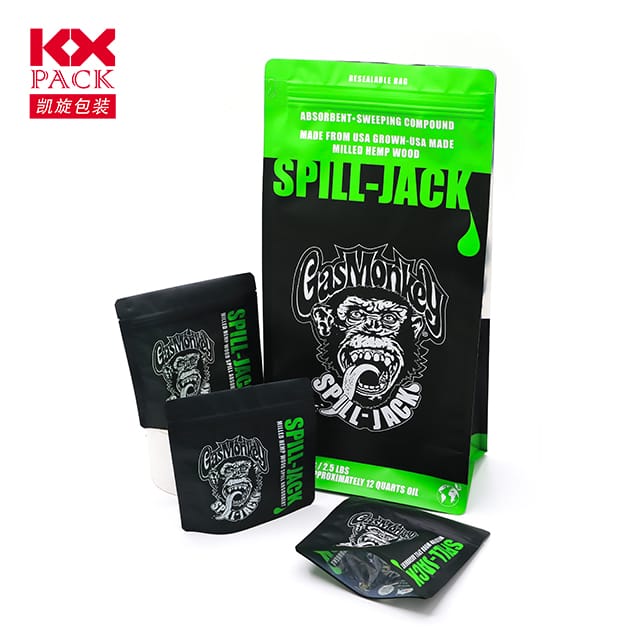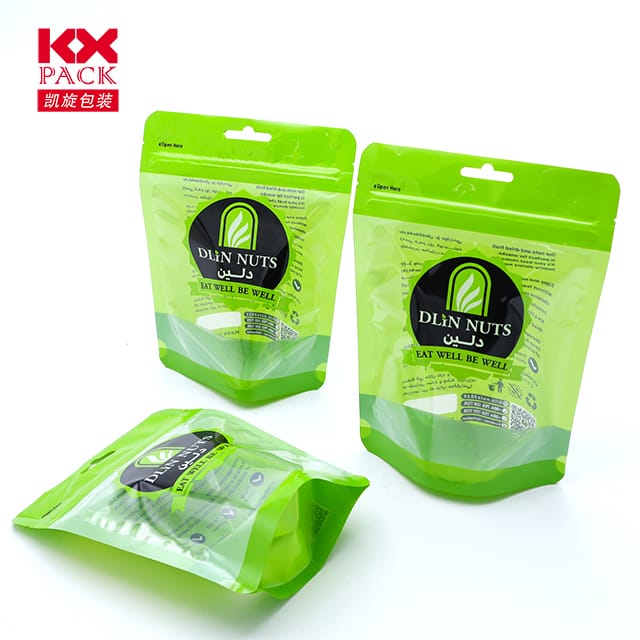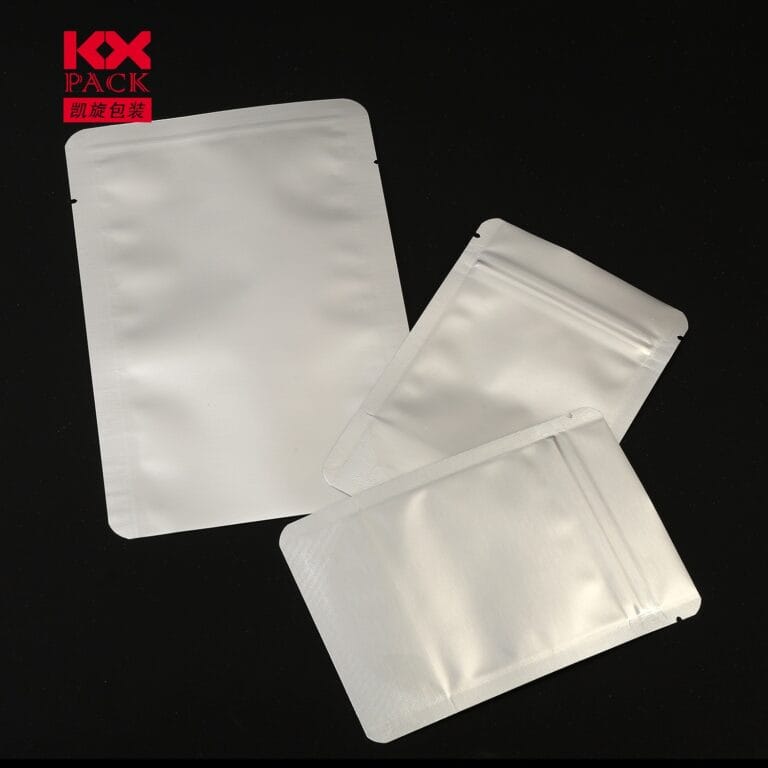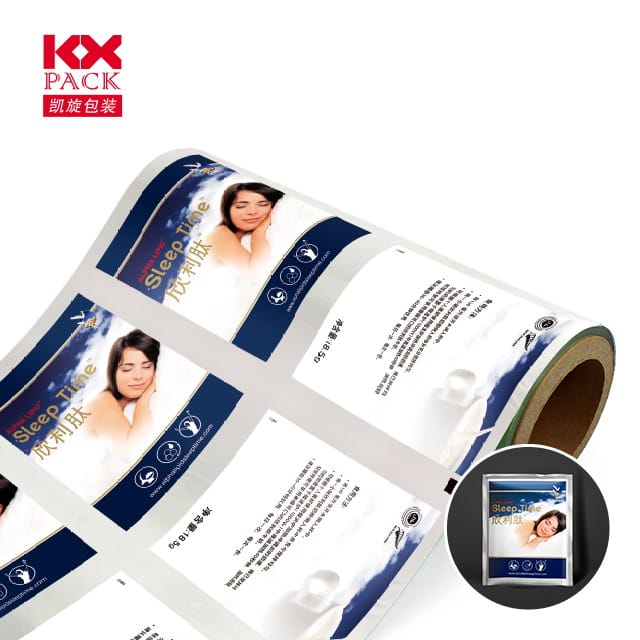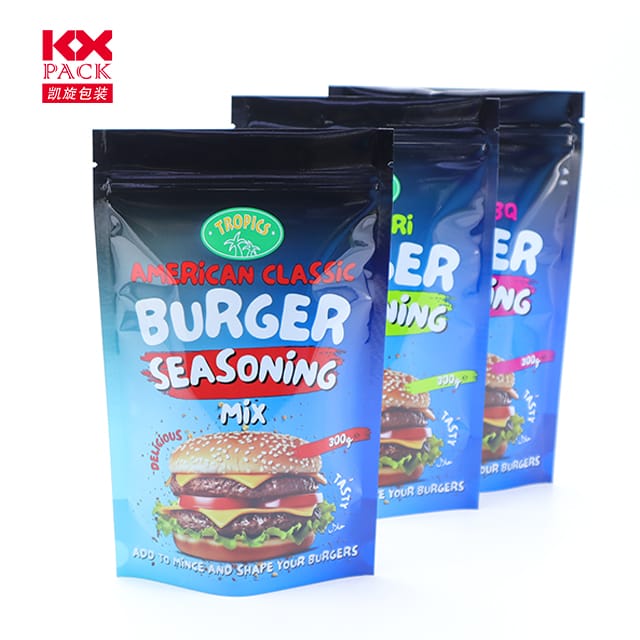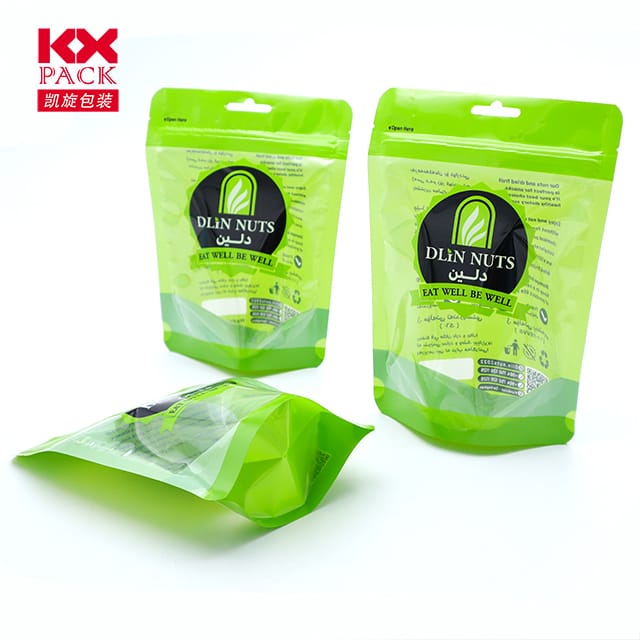دنیای همه کاره رول فیلم های پلاستیکی: باز کردن کاربردهای متعدد و تأثیرات زیست محیطی آنها
رول فیلم های پلاستیکی
در دنیای امروز, رول های فیلم پلاستیکی همه جا هستند. از بسته بندی کالاها در انبارها گرفته تا حفظ مواد غذایی در آشپزخانه های ما, این رول های همه کاره نقش مهمی در صنایع متعدد و زندگی روزمره دارند. با این حال, همه جانبه آنها همچنین سؤالات مهمی را در مورد تأثیرات زیست محیطی آنها و گزینه های پایدار ایجاد می کند. بیایید به دنیای چند وجهی رول های فیلم پلاستیکی شیرجه بزنیم, در حال بررسی کاربردهای آنها, فواید, چالش ها, و راه حل های بالقوه.
چهره های متعدد رول های فیلم پلاستیکی
رول های فیلم پلاستیکی دارای ضخامت های مختلفی هستند, مواد, و تنظیمات, هر کدام برای کاربردهای خاص طراحی شده اند. در اینجا برخی از رایج ترین کاربردها آورده شده است:
- بسته بندی و حفاظت: در لجستیک و انبارداری, رول های فیلم پلاستیکی برای بسته بندی ضروری هستند, ثابت کردن, و حفاظت از کالاها. بسته بندی کششی, به عنوان مثال, اقلام را در هنگام حمل و نقل به طور ایمن در جای خود نگه می دارد, جلوگیری از آسیب و ضرر.
- نگهداری مواد غذایی: در صنایع غذایی, فیلم های پلاستیکی مانند پلی اتیلن (پلی اتیلن) و پلی وینیل کلراید (پی وی سی) برای افزایش عمر ماندگاری کالاهای فاسد شدنی با ایجاد یک سد محافظ در برابر رطوبت استفاده می شود, اکسیژن, و آلاینده ها.
- کشاورزی: فیلمهای پلاستیکی کشاورزی نقش مهمی در کشاورزی مدرن دارند. از آنها برای مالچ پاشی برای حفظ رطوبت خاک استفاده می شود, کنترل علف های هرز, و تنظیم دما, به طور قابل توجهی عملکرد محصول را افزایش می دهد.
- کاربردهای بهداشتی و پزشکی: در بخش های مراقبت های بهداشتی, از فیلم های پلاستیکی برای بسته بندی استریل استفاده می شود, پرده های جراحی, و بسته بندی تجهیزات پزشکی, تضمین ایمنی بیمار و کاهش خطر عفونت.
- ساخت و ساز و DIY: سازندگان و علاقه مندان به DIY اغلب از فیلم های پلاستیکی برای زیرسازی در سقف استفاده می کنند, عایق رطوبتی زیرزمین, و ایجاد موانع موقت در حین بازسازی.
مزایا و چالش ها
مزایای رول های فیلم پلاستیکی بسیار زیاد است: آنها سبک وزن هستند, بادوام, مقرون به صرفه, و همه کاره. با این حال, این مزایا با چالش های زیست محیطی قابل توجهی همراه است.
آلودگی پلاستیک یک بحران جهانی است. پلاستیک های یکبار مصرف, از جمله بسیاری از انواع فیلم پلاستیکی, اغلب به محل های دفن زباله ختم می شود, اقیانوس ها, و زیستگاه های طبیعی, جایی که قرن ها ادامه دارند. جانوران دریایی زباله های پلاستیکی را می بلعند یا درگیر می شوند, منجر به آسیب های زیست محیطی گسترده می شود.
علاوه بر این, تولید فیلم های پلاستیکی به شدت به سوخت های فسیلی متکی است, کمک به انتشار گازهای گلخانه ای و تغییرات آب و هوایی. استخراج, پالایش, و فرآوری مواد خام مبتنی بر نفت نیز مقادیر زیادی انرژی و منابع آب را مصرف می کند.
حرکت به سوی پایداری
پرداختن به اثرات زیست محیطی رول های فیلم پلاستیکی نیازمند یک رویکرد چند وجهی است:
- نوآوری در مواد: تحقیق و توسعه بر ایجاد جایگزین های زیست تخریب پذیر یا کمپوست پذیر برای فیلم های پلاستیکی معمولی متمرکز است. پلاستیک های زیستی ساخته شده از منابع تجدیدپذیر مانند نشاسته ذرت, نیشکر, یا جلبک ها در حال جذب هستند.
- اقتصاد دایره ای: ترویج اقتصاد دایره ای شامل طراحی محصولات فیلم پلاستیکی برای بازیافت و استفاده مجدد است. تلاشهایی برای بهبود فناوریهای بازیافت و افزایش جمعآوری و پردازش زبالههای پلاستیکی در حال انجام است.
- مسئولیت گسترده تولید کننده (EPR): سیاست هایی که تولیدکنندگان را برای کل چرخه عمر محصولاتشان مسئول می داند, از جمله زباله های پس از مصرف, می تواند مشوق توسعه راه حل های بسته بندی پایدارتر باشد.
- آگاهی مصرف کننده و تغییر رفتار: آموزش مصرف کنندگان در مورد اثرات زیست محیطی زباله های پلاستیکی و تشویق رفتارهایی مانند کاهش پلاستیک های یکبار مصرف, استفاده مجدد از بسته بندی, و دفع صحیح زباله ها می تواند تفاوت قابل توجهی ایجاد کند.
نتیجه
رول های فیلم پلاستیکی در بخش های متعددی ضروری هستند, کمک به کارایی, ایمنی, و راحتی. با این حال, استفاده گسترده از آنها با پیامدهای زیست محیطی جدی همراه است. رسیدگی به این چالش ها مستلزم همکاری بین دولت ها است, کسب و کارها, و مصرف کنندگان. با پذیرش نوآوری, تقویت اقتصاد دایره ای, و ترویج مصرف مسئولانه, ما می توانیم اثرات منفی رول های فیلم پلاستیکی را کاهش دهیم و راه را برای آینده ای پایدارتر هموار کنیم.
همانطور که به باز کردن پیچیدگی های رول های فیلم پلاستیکی ادامه می دهیم, به یاد داشته باشیم که تغییرات کوچک در شیوه های ما می تواند منجر به بهبود قابل توجهی در سلامت سیاره ما شود.

